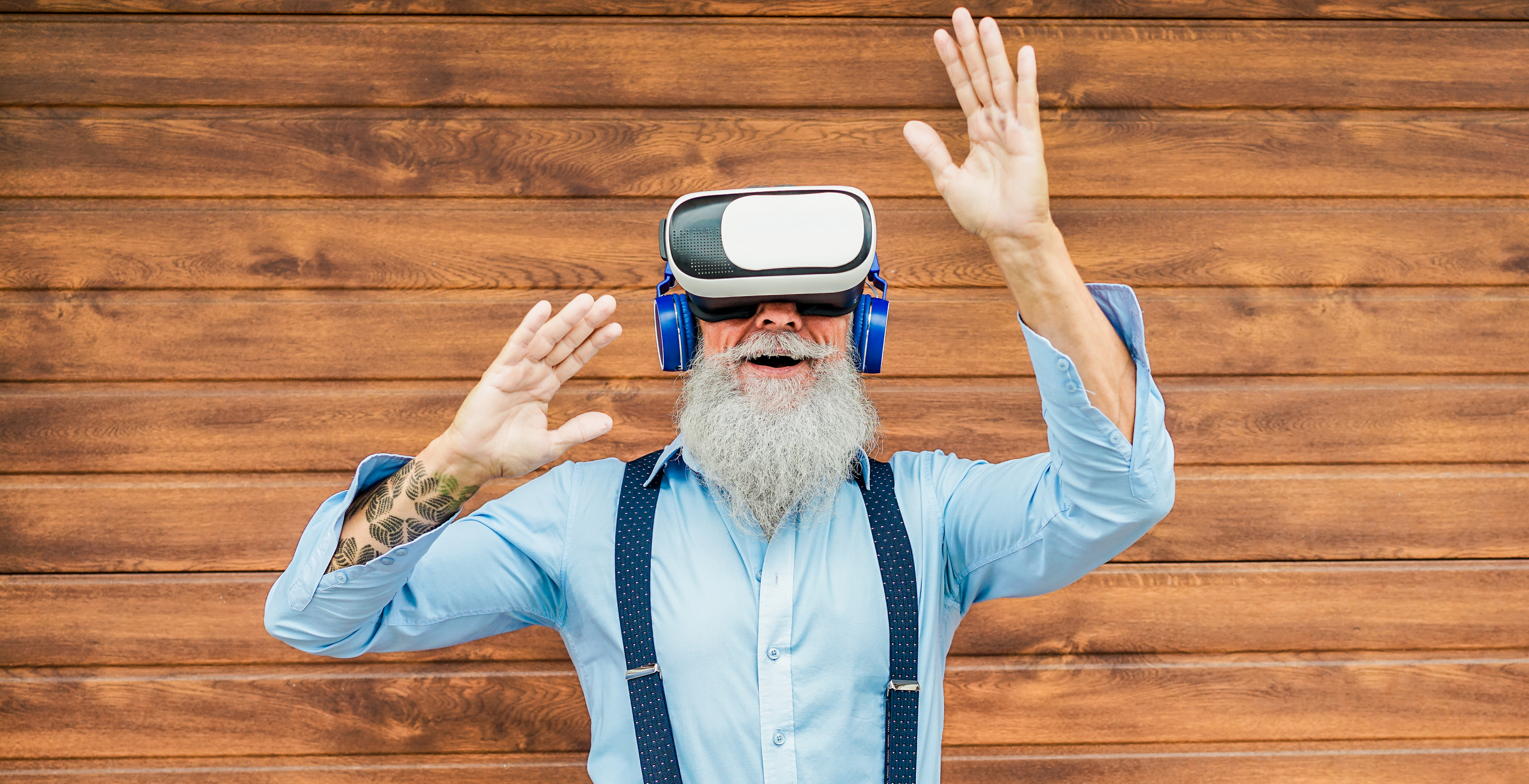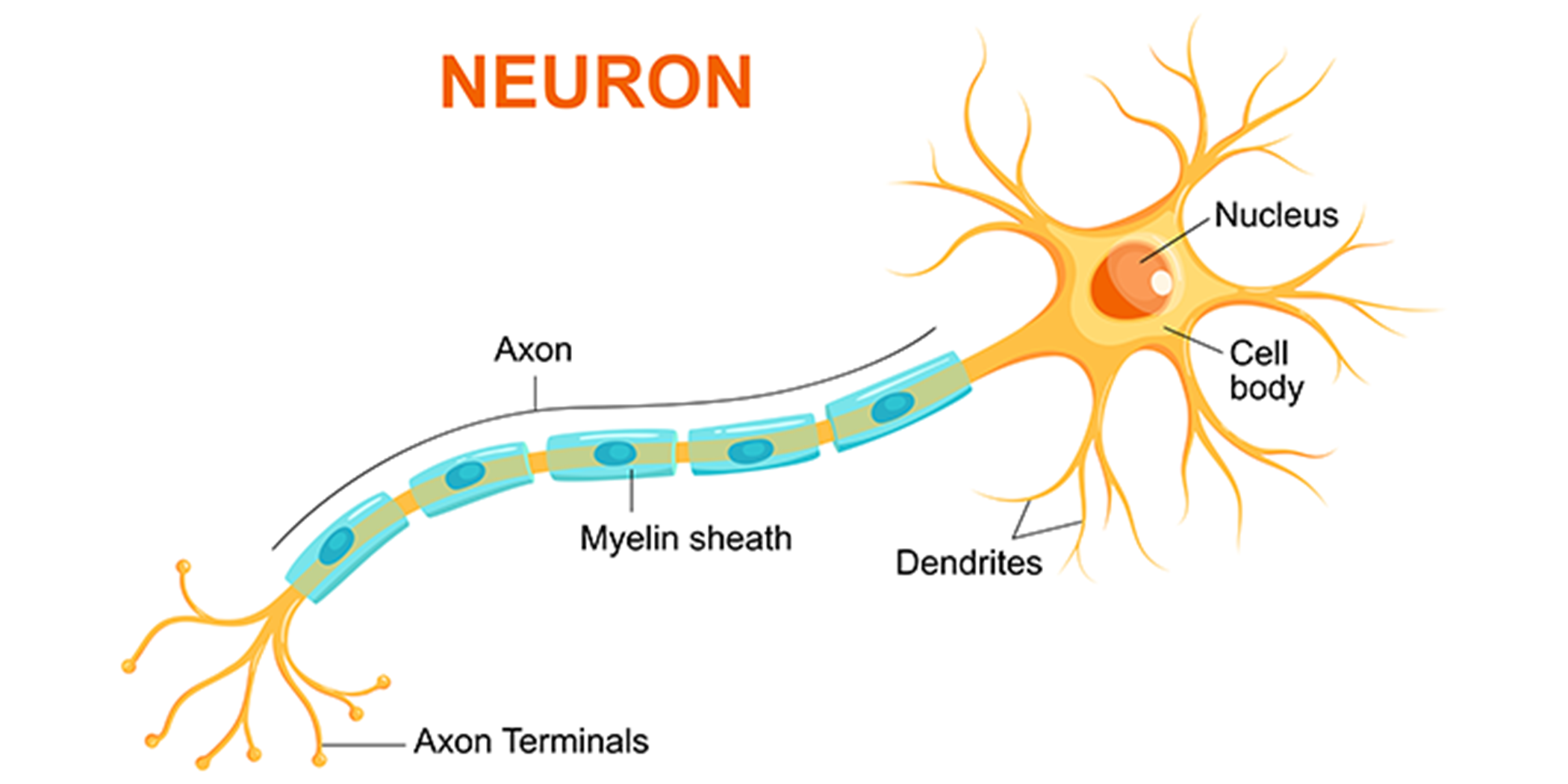
According to a new study in the NeuroImage scientific journal, exercise can freshen and renovate the white matter in our brains, potentially improving our ability to think and remember as we age. White matter, which connects and supports the cells in our brains, changes for the better as we become more physically active.
Think Of The Brain As A Computer System
Before we talk about the practical implications of these findings, let’s first discuss the brain and how it works. According to the UC Davis Health System, the gray matter (nerve cells) of our brain is the computer and the white matter is the cables that connect everything together and transmit signals. White matter is tissue in the brain composed of nerve fibers. The fibers (called axons) connect nerve cells and are covered by myelin (a type of fat). The myelin speeds up the signals between the cells, enabling the brain cells to quickly send and receive messages. It is also what gives white matter its color.
The Importance of White Matter
The vast majority of brain studies have focused on little gray cells, or neurons, that permit and create thoughts and memories. Less research has looked at white matter, the brain’s wiring. Made up mostly of fat-wrapped nerve fibers known as axons, white matter connects neurons and is essential for brain health. Agnieszka Burzynska, a professor of neuroscience and human development at Colorado State University, suspected that science was underestimating white matter. “It’s been like the ugly, neglected stepsister” of gray matter, she says, ignored and misjudged. She considered it likely that white matter possessed the brain's ability to change and adapt as a result of experience as much as its gray counterpart and could refashion itself, especially if people began to move.
Research Study
Agnieszka Burzynska and her research team set out to make over people’s white matter. They began by gathering almost 250 older men and women who were sedentary but otherwise healthy. At the lab, they tested these volunteers’ current aerobic fitness and cognitive skills and also measured the health and function of their white matter, using a sophisticated form of M.R.I. brain scan.
Then they divided the volunteers into groups, one of which began a supervised program of stretching and balance training three times a week, to serve as an active control. Another started walking together three times a week, briskly, for about 40 minutes. And the final group took up dancing, meeting three times a week to learn and practice line dances and group choreography. All of the groups trained for six months, then returned to the lab to repeat the tests from the study’s start.
And, for many, their bodies and brains had changed, the scientists found. The walkers and dancers were aerobically fitter, as expected. Even more important, their white matter seemed renewed. In the new scans, the nerve fibers in certain portions of their brains looked larger, and any tissue lesions had shrunk. These desirable alterations were most prevalent among the walkers, who also performed better on memory tests now. The dancers, in general, did not.
Meanwhile, the members of the control group, who had not exercised aerobically, showed declining white matter health after the six months, with greater thinning and tattering of their axons and falling cognitive scores. For the exercisers, these findings “are very promising,” Dr. Burzynska says. They tell us that white matter remains plastic and active, whatever our age, and a few brisk walks a week might be enough, she says, to burnish the tissue and slow or stave off unwanted memory changes.








.png?width=1350&name=Procera%20Logo%20W%20Tagline%20White%20(3).png)
Comments
Add Comment